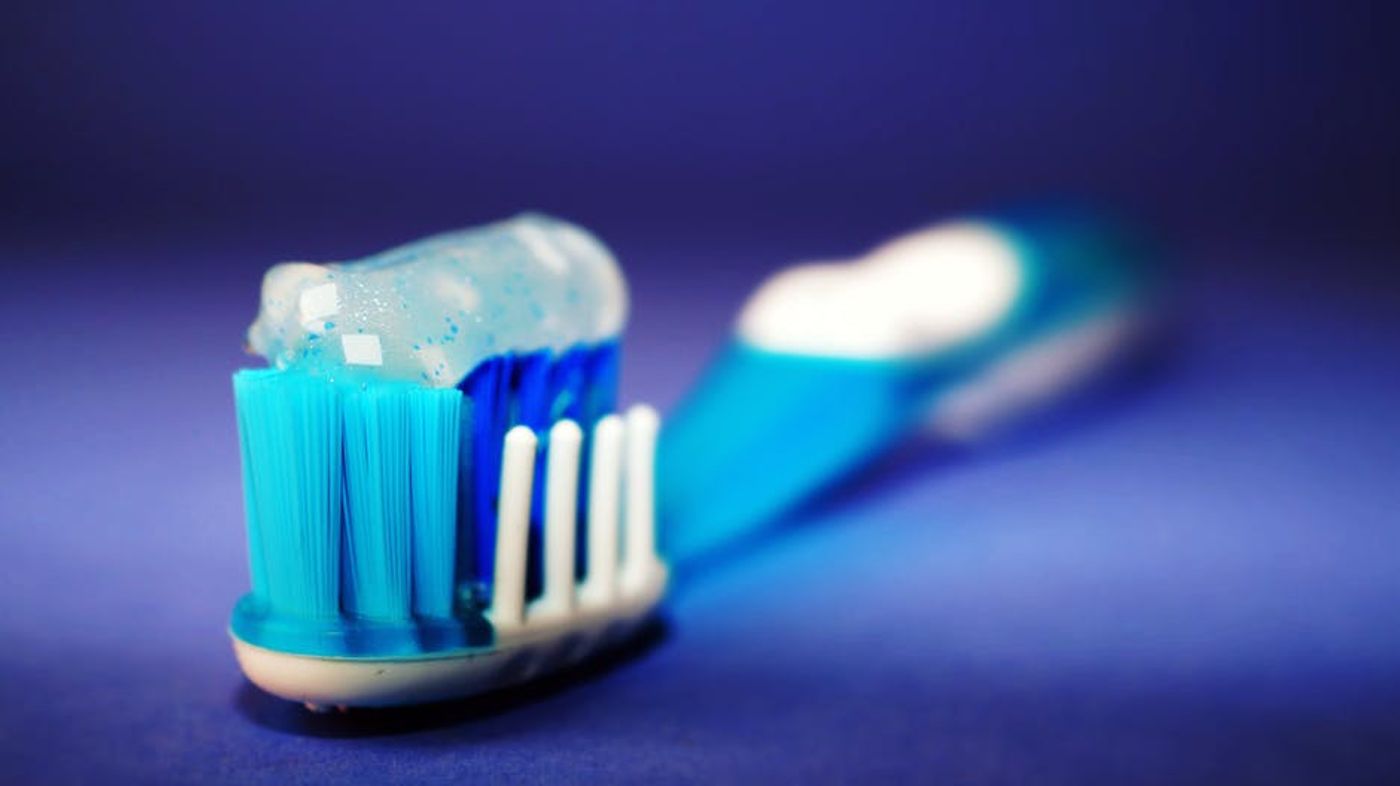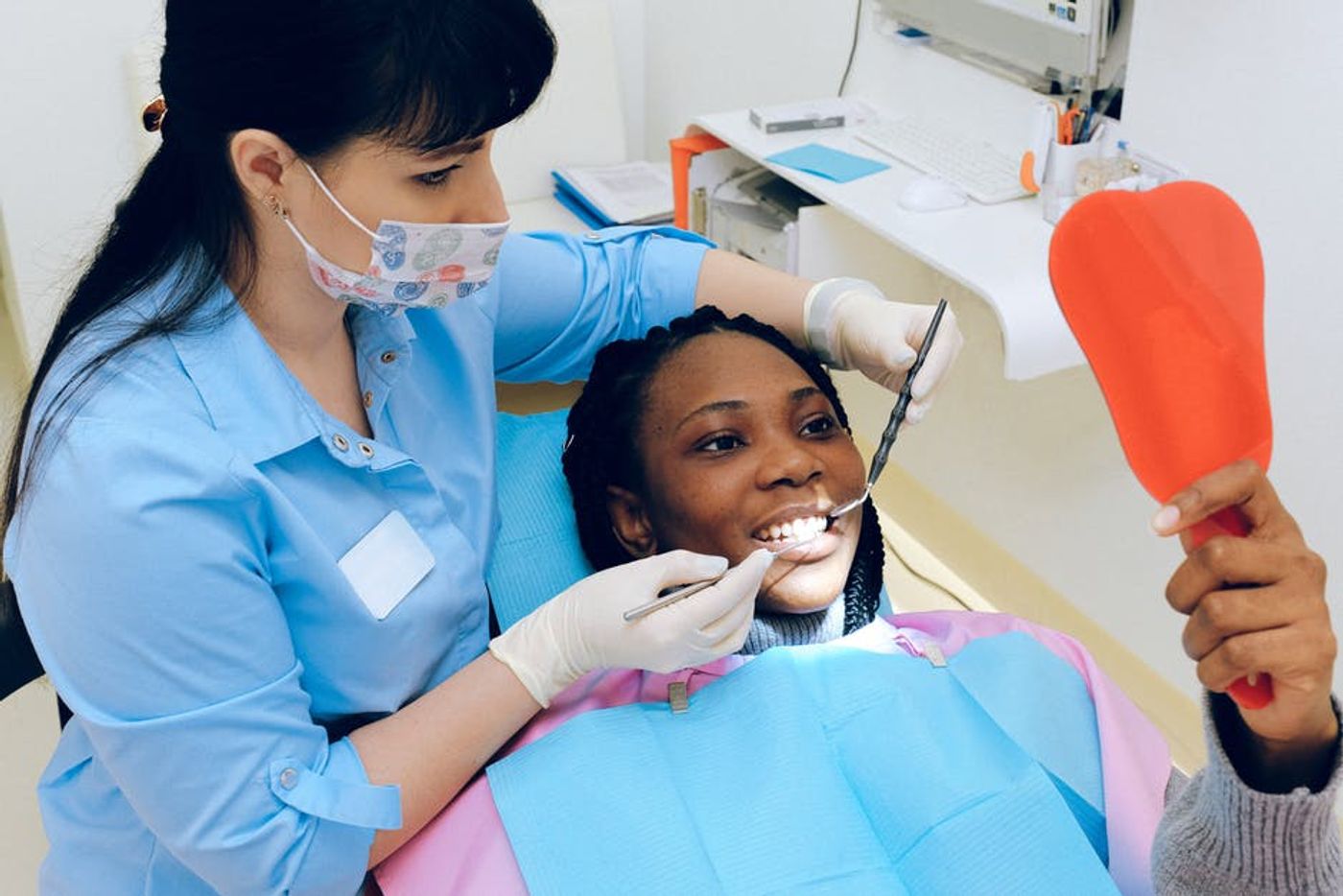Predecessors Of Periodontitis
Gingivitis is a mild periodontal disease that causes inflammation, irritation, redness, and swelling of the gingiva. This common condition should be taken seriously and treated immediately to avoid its evolution into periodontitis, a more severe gum disease. Of adults over the age of 30, 47.2% have some form of periodontal disease. When the age is increased to 65, that number jumps to 70.1% of people.
Most commonly, gingivitis is caused by inadequate oral hygiene. Preventing and reversing gingivitis is best done through regular brushing, regular flossing, and dental check-ups.
Healthy gums are firm and tightly fitted around teeth. Gingivitis causes them to be tender, swollen, and dark in color. Gums may even recede from the teeth or bleed easily during brushing and flossing.
There are two different types of gingivitis that a person may develop. Most often, people are diagnosed with dental plaque-induced gingival disease. This subtype is caused by plaque, a sticky invisible film that forms on the teeth. This film is composed mostly of bacteria. When plaque accumulates around and in between the teeth, an immune response is triggered. This response can eventually damage the tissue. If allowed to progress and checked, this can lead to periodontitis and eventually, tooth loss.
This subtype occurs when plaque that has not been adequately removed hardens into calculus. This material accumulates at the base of the tooth, near the gums, and can only be removed professionally. Other causes of dental plaque-induced gingival disease are systemic factors, medications, and malnutrition.
The second subtype of gingivitis is non-plaque induced gingivitis. This type is caused by fungi, bacteria, viral infection, allergic reactions, and reactions to foreign bodies in the mouth, such as dentures.
In order to diagnose gingivitis, an oral hygienist or dentist will check for symptoms. These symptoms generally include bright red or purple gums, gum tenderness, bleeding while brushing or flossing, halitosis, inflammation, receding of the tissues, or tissue softness. If symptoms appear advanced, dental professionals may check for signs of periodontitis using x-rays or with a probe. Probe testing involves measuring the pocket depths surrounding each tooth with an instrument.
In cases of an early diagnosis, proper treatment can successfully reverse gingivitis. Treatment involves the removal of the calculus surrounding the teeth by a professional. Sometimes a deep cleaning beneath the gums is necessary to protect oral health. Patients then are responsible for keeping teeth clean between dentist visits with twice-daily brushing and once-daily flossing.
The above video discusses these topics including descriptions, diagnosis, and treatment information.
Sources: Mayo Clinic, Centers for Disease Control, Medical Centric










